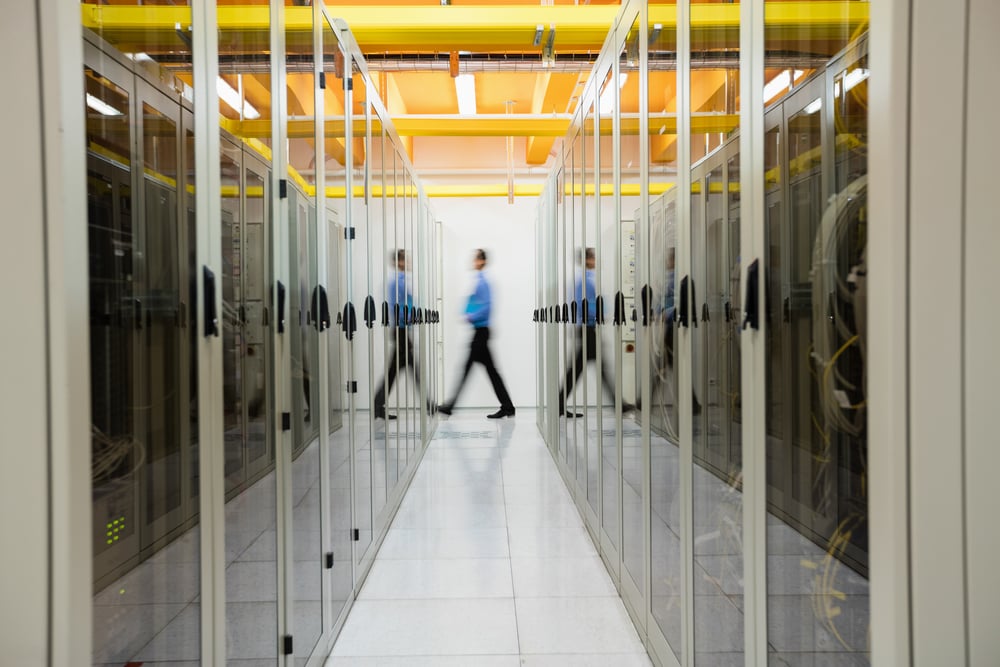They were important, but website visitors never really liked them and now they're going away for good.
What are they?
Cookies.
That's right, cookies are going bye-bye. So what does this mean for your business and how you track customer behavior? Let's explore...
(No, not these)

The Machines Are Coming
As the cookie transitions out as a tracking metric, Google Analytics will begin using machine learning to connect the dots in missing information on customer behavior that cookies provided. Think of it like this, every activity taken online by your customers will give a set of outcomes leading up to a conversion. Those activities will paint a picture of how customers are interacting and the more data that Google has, the better they can predict these outcomes.

Get Consent
In the absence of cookies, Google's Consent Mode will allow conversion "mapping" to continue the conversion journeys an estimated 75% of the time. This is incredibly accurate and is based on the AdWord and Analytics tags that customers have already consented to previously.

First-Party Data
An additional way that data can be captured in the absence of cookies is with Enhanced Conversions. This information gives you a clear picture of what users do after they click ads and does so in a way that keeps up with the latest privacy standards. However, First-Party Data is often more difficult to gather as it is completely derived from first-level interactions such as forms or CTA clicks on web pages or emails etc.

As we move closer to a cookie-less experience, there will also be a large impact on SEO. To learn how to navigate these complexities, visit this resource, or get more information here.

